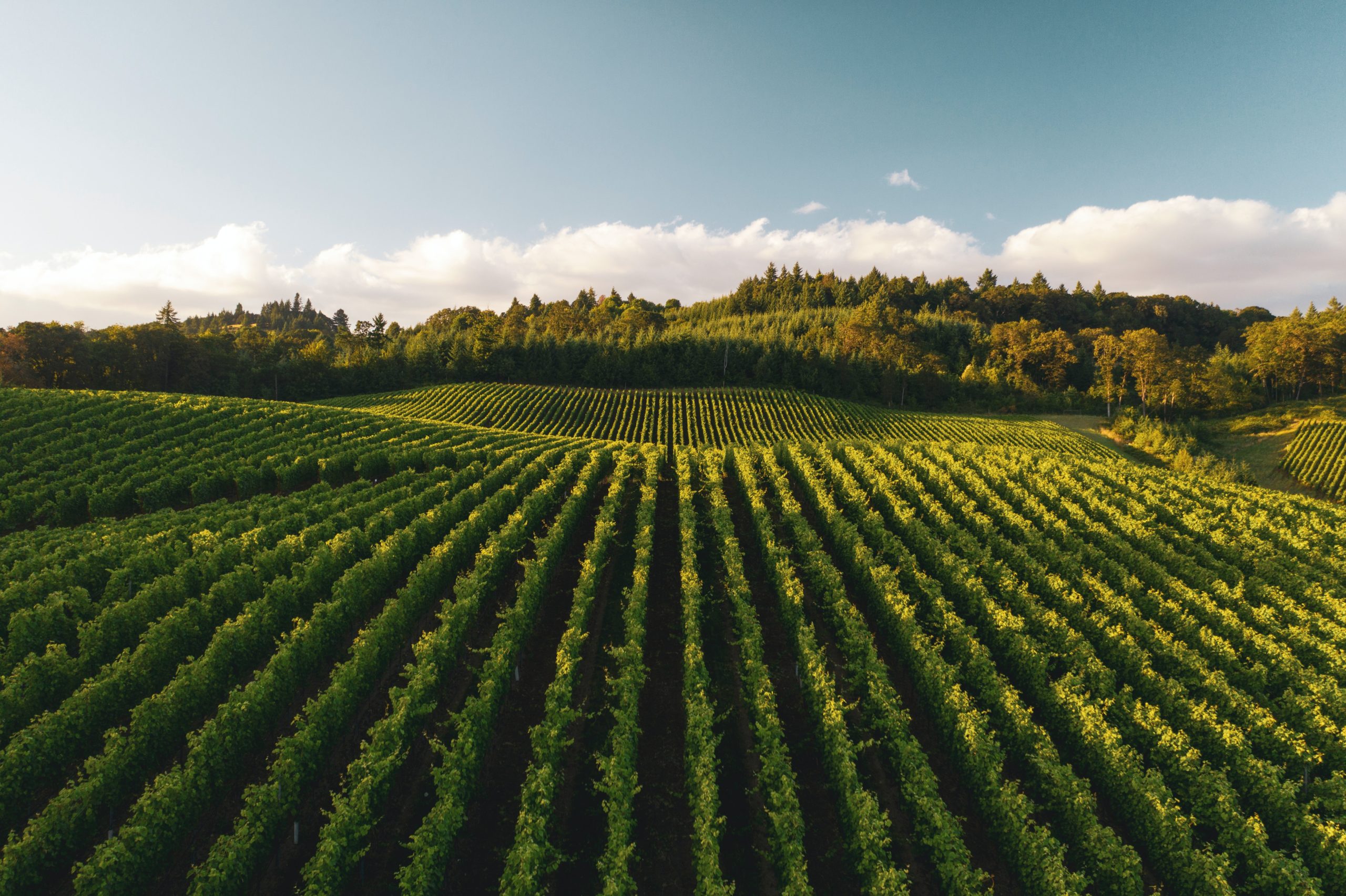Whether or not you consider yourself a sommelier or simply an average wine enthusiast, you’ve probably heard, used the terms, or even bought both a Syrah and a Shiraz. Maybe you noticed the difference, maybe not. After reading this, however, you’ll never pick up another bottle made from this amazing grape without thinking about the process that goes into it… and after you’ve enjoyed a glass or two you might just tell anyone willing to listen all the interesting facts you now know.
What’s the Difference between Syrah and Shiraz?
Some people will tell you that this is the exact same grape. In theory, this is true. They both come from the Syrah grape; however, once the grape comes off the vine, each wine has its own characteristics and qualities that will make the true wine lovers choose one over the other. Now you know.
At the foundation, the Syrah grapes are from France while the Shiraz grapes are from Australia.
Syrah grapes are a combination of two French parent grapes: Dureza and mondeuse blanche. However, only the most educated sommeliers will tell you that this grape came from Scotland, from a man named James Busby, who some consider to be the father of Australian viticulture.
Australia took this Syrah grape and ran… to the furthest corners of the earth, if you will. The Syrah grape—maybe accidentally, or accentally, changed to Shiraz??—is still essentially the same, but Australian growers rebranded and now it’s looked at as its own special family of wine.

The Syrah-Shiraz grape was first brought to Australia via the Hunter Valley, but now grows all over Oceania’s main country. Near Adelaide, in the Barossa Valley, you’ll find prime Shiraz real estate, making up 40% of Australia’s wine business.
Some of this country’s most valuable wines contain Shiraz grapes, such as the Penfolds Grange which can run $500 or more per precious bottle.
Up north—in Europe’s cooler climate regions—you’ll find the French Syrah grapes, most commonly grown in the Rhône region that hails south of Burgundy. Although the French don’t usually type their grapes by variety, instead naming them based on where they are from, if you do your research you can find out what type of grapes make up the vino you’re enjoying. French Syrahs are often mixed with Grenache or Mourvèdre.
France is the world’s leading Syrah producer, especially in its high-producing areas in the Southwest of France such as Languedoc-Roussillon. This has increased Syrah’s popularity all over the world with wine enthusiasts of all levels.
Stylistic Preferences
If you only read to this point, you might think that every bottle of Syrah comes from France and every bottle of Shiraz hails from down under. However, it’s a bit more complex than that. Syrah grapes grow not only in France, but Australia as well, and also enjoy soil in New Zealand (cool climate wines), South Africa (grapes who need warmer environments), Chile (tropical), and even the good old US of A (depending on if you want warm or cool).
Many wineries might label their wine as Shiraz if it is rich and ripe with fruity notes left on the palate. They might also label a selection as Syrah if they want to exude an Old World feel that has a savory, austere, taste.
Although each type of grape originally came from two separate parts of the world, when you see these separate names on wine bottles today it’s more about what they taste like rather than where they come from.
Keeping Your Tastebuds on their Toes
Sometimes, wineries might even label their Shiraz wines as Syrahs, if they feel that the style matches closely to those of the Rhône Valley, and vice versa, with the French labeling the Syrahs as Shiraz if their wines have an Australian feel.
The Most Important Quality… Taste
Whether or not it’s labeled as a Shiraz or a Syrah, both wines should have dark, fruity notes, a mid-high tannin level, and an element of spice and pepper, as well as a dry finish. This peppery note isn’t coincidental, but comes from a chemical called rotundone that is also present in herbs such as thyme, rosemary, and the ever common peppercorn.
Not sure where to start? See our best suggestions here.
